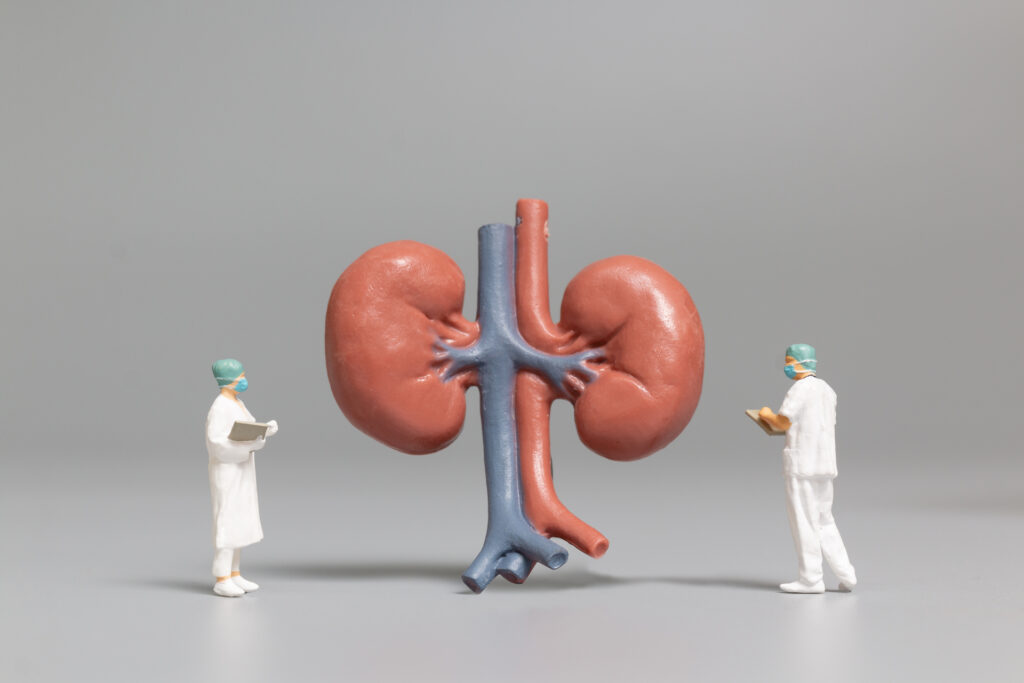Myths About UTIs: Separating Fact from Fiction
Urinary Tract Infections (UTIs) are a common health concern, yet they are surrounded by myths and misconceptions. These misunderstandings can lead to improper treatment or unnecessary anxiety. Let’s set the record straight by debunking some of the most common myths about UTIs.
Myth #1: Only Women Get UTIs
Fact: While UTIs are more common in women due to their shorter urethra, men can also develop UTIs. Risk factors such as an enlarged prostate, kidney stones, or catheter use can increase the likelihood of UTIs in men (Centers for Disease Control and Prevention [CDC], 2021; Mayo Clinic, 2023).

Myth #2: UTIs Are Always Caused by Poor Hygiene
Fact: Although hygiene is important, UTIs are primarily caused by bacteria entering the urinary tract. Contributing factors can include sexual activity, hormonal changes, or holding in urine for too long—not just hygiene (National Institute of Diabetes and Digestive and Kidney Diseases [NIDDK], 2017).

Myth #3: Cranberry Juice Can Cure a UTI
Fact: Cranberry products may help prevent bacterial adhesion to the bladder wall, but they do not cure an existing infection. Antibiotics remain the most effective treatment for UTIs (Jepson et al., 2012).

Myth #4: If You Don't Have Painful Urination, You Don't Have a UTI
Fact: Painful urination is a common symptom, but not universal. Older adults, for example, may present with confusion, fatigue, or fever. Some individuals may have a UTI without noticeable symptoms (Mayo Clinic, 2023).

Myth #5: UTIs Are Not a Big Deal and Will Go Away on Their Own
Fact: While mild UTIs may improve briefly, untreated infections can spread to the kidneys, leading to more severe health issues. Timely medical treatment is essential (CDC, 2021).

Myth #6: Drinking More Water Will Prevent All UTIs
Fact: Drinking water can help flush bacteria from the urinary tract, but it doesn’t prevent UTIs in every case. Factors like sexual activity, menopause, and underlying health conditions also play a role (NIDDK, 2017)

Myth #7: UTIs Are Always Sexually Transmitted
Fact: UTIs are not considered sexually transmitted infections. While sexual activity can increase risk, non-sexually active individuals can still get UTIs due to other reasons (Cleveland Clinic, 2023).

Myth #8: You Should Stop Taking Antibiotics Once You Feel Better
Fact: Stopping antibiotics early can lead to incomplete treatment and antibiotic resistance. Always finish the prescribed course of antibiotics, even if symptoms improve (World Health Organization [WHO], 2020).

Final Thoughts
Understanding the truth about UTIs can help you take the right steps in preventing and treating them effectively. If you suspect a UTI, don’t rely on myths—seek proper medical advice. Staying informed is the best way to protect your urinary health.
References
Centers for Disease Control and Prevention. (2021). Urinary tract infection (UTI). https://www.cdc.gov/antibiotic-use/community/for-patients/common-illnesses/uti.html
Cleveland Clinic. (2023). Urinary tract infection (UTI). https://my.clevelandclinic.org/health/diseases/9130-urinary-tract-infections-uti
Jepson, R. G., Williams, G., & Craig, J. C. (2012). Cranberries for preventing urinary tract infections. Cochrane Database of Systematic Reviews, (10). https://doi.org/10.1002/14651858.CD001321.pub5
Mayo Clinic. (2023). Urinary tract infection (UTI). https://www.mayoclinic.org/diseases-conditions/urinary-tract-infection/symptoms-causes/syc-20353447
National Institute of Diabetes and Digestive and Kidney Diseases. (2017). Urinary tract infections in adults. https://www.niddk.nih.gov/health-information/urologic-diseases/urinary-tract-infections-adults
World Health Organization. (2020). Antibiotic resistance. https://www.who.int/news-room/fact-sheets/detail/antibiotic-resistance




